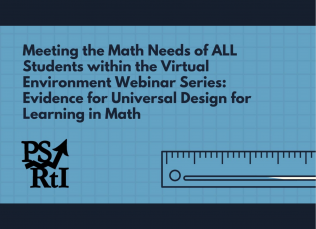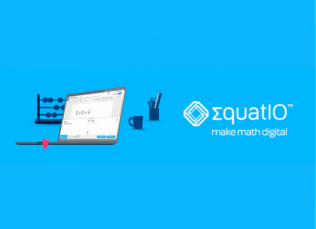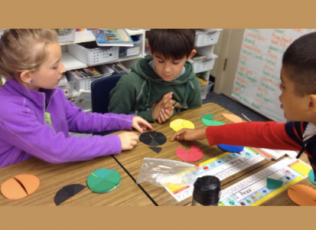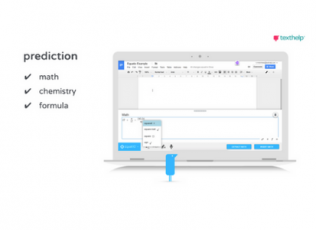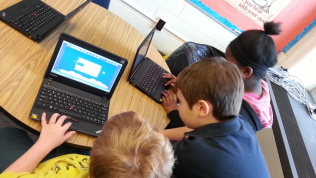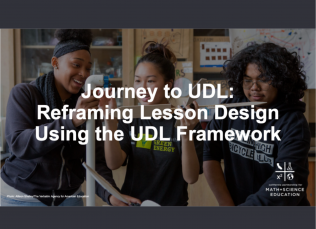
Journey to UDL: Reframing Lesson Design Using the UDL Framework
Analyzing lessons and recognizing barriers, the need for UDL was critical to optimize learning for all students, especially in the mist of the pandemic. Utilizing the UDL framework, lessons were redesigned and became the skeletal frame to guide the learning in the lessons.
The CAPMSE design team worked collaboratively to build a K-8 math and science lesson repository. The design team vetted lessons based on the Universal Design for Learning framework. The intention of the repository was to have ready-to-use k-8 math and science lessons that were accessible in a distance learning environment, a digital environment, and/or an in-person classroom setting.
Analyzing lessons and recognizing barriers, the need for UDL was critical to optimize learning for all students, especially in the mist of the pandemic. Utilizing the UDL framework, lessons were redesigned and became the skeletal frame to guide the learning in the lessons.
Session Video Recording
Slide Deck
California Partnership for Math and Science Education Framework
Infographic
CAMPSE Math and Science Repository
Share this resource:
Posted date:
January 31, 2022

